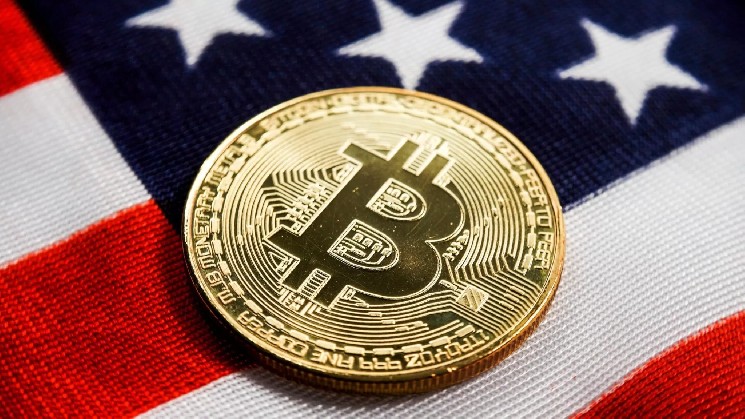The US federal government has concluded its first closure since 2018. Disparities over healthcare costs between Senate Republicans and Democrats have led to a refusal to a last-minute budget proposal, and the government has officially shut down today.
The closure means hundreds of thousands of federal employees and active duty military members will be paid no pay, throwing the operations of institutions such as the National Parks and the Smithsonian into Limbo. Services such as Social Security payments and passport applications will continue, but delays may occur.
How has Bitcoin been affected previously?
Historical data suggest that government closures do not directly affect the crypto market. For example, during the longest government shutdown that lasted 35 days between 2018 and 2019, Bitcoin prices fell by about 6%, trading sideways in the range of $3,575-$3,800. During this period, BTC received a 50% pullback in the previous month and was already trading within a narrow range.
Analysts say government closures are not the decisive catalyst for Bitcoin and cryptocurrencies in the short term, but not the decisive catalyst for global macroeconomic conditions, regulatory processes and investor risk appetite to determine market orientation.
The length of this shutdown is uncertain. Historically, government closures rarely last for more than two weeks, but have become more and more frequent over the past 30 years. The 2018 shutdown cost around $3 billion in US economy GDP. This time, Congress is unable to pass any of its institution's budgets, which could further complicate the process.
*This is not investment advice.

